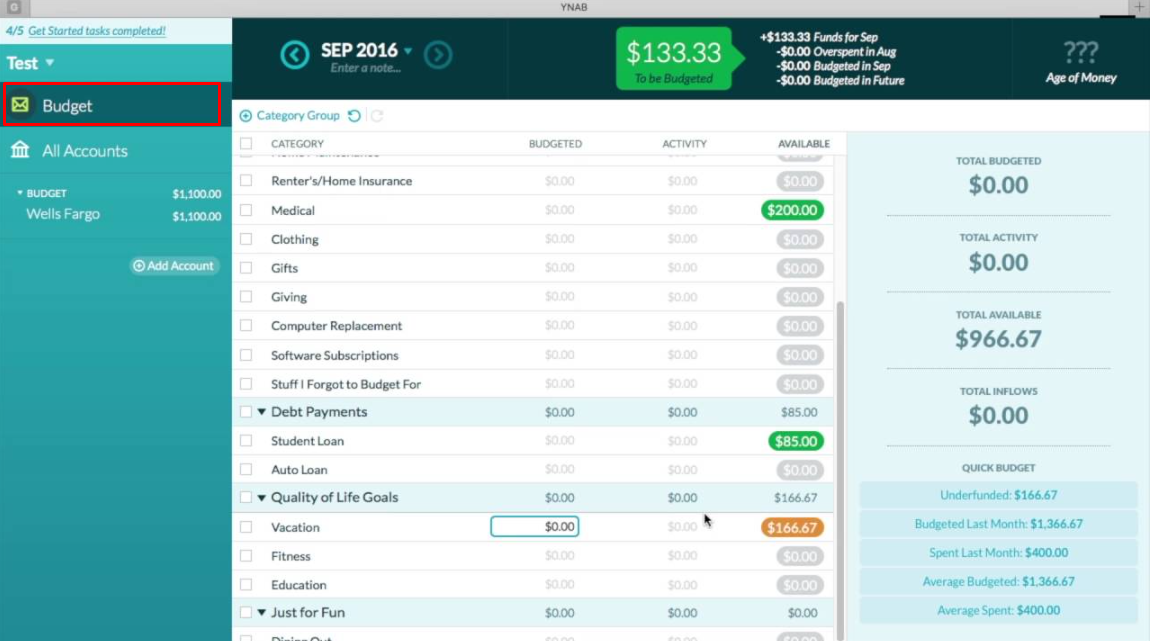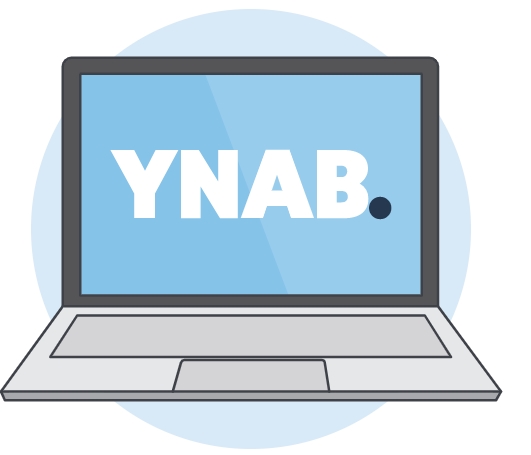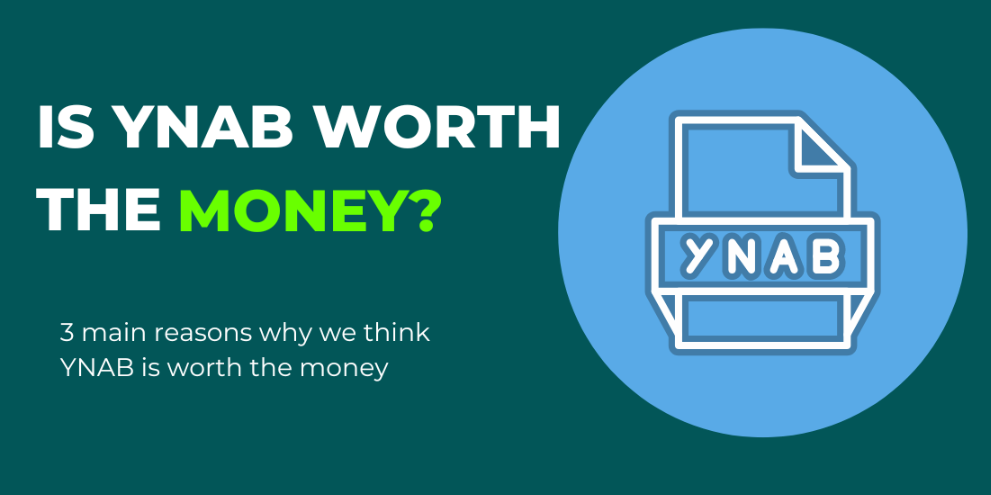How to start saving? Follow these steps and boost your savings

Anúncios
Saving money is a fundamental skill that can significantly improve your financial stability and spending peace of mind.
Whether it’s to build an emergency fund, save for an important purchase, or plan for retirement, understanding how to start saving is the first step towards financial freedom.
Anúncios
In this guide, we will walk you through practical steps to start your savings journey. From tracking major expenses to automating savings, these strategies will help you build a solid financial foundation.
Keep reading to discover practical tips on how to start saving and take control of your financial future.
Anúncios
Track all your expenses
To start your savings journey, the first step is to know exactly where your money is going.
By tracking each expense, you can identify patterns and areas where you might be overspending.
Use handy tools like spreadsheets, apps, or even a simple notebook to record your daily expenses.
Are there subscriptions you’ve forgotten to renew or frequent small purchases that add up?
Understanding your spending habits is essential for making informed decisions about where to cut back and save more.
Write down your savings goals
Setting clear and achievable short-term savings goals can motivate you to stick to your long-term savings plan.
Whether it’s for a trip, a new car, or building an emergency fund, writing down these goals gives you something tangible to visualize while saving.
Ask yourself: What are my short-term and long-term savings goals? How much do I need to save for each, and by when?
Breaking down larger goals into smaller, manageable ones can make the process less daunting and more attainable.
Create a budget
Creating a budget is a crucial step in effectively managing your finances. A budget helps allocate your income to needs, savings, and discretionary spending.
Start by listing your income sources and all your monthly expenses, categorizing them into essentials (like rent, utilities, groceries) and non-essentials (like dining out, shopping, entertainment).
Are you currently spending more than you earn? Adjust your budget to ensure you live within your means while saving money.
Stick to your budget consistently to see real progress.

Find ways to cut expenses
Identifying and eliminating unnecessary expenses frees up more money for savings.
Review your listed expenses and budget to pinpoint areas where you can cut back.
Could you switch to a cheaper phone plan, cook more meals at home, or cancel excessive subscriptions? Where did you notice you spend the most money?
Every little saving adds up over time. Challenge yourself to find creative ways to cut costs without sacrificing your quality of life.
This involves shopping during sales, using coupons, and finding free or low-cost entertainment options.
Automate your savings
Automating your savings can ensure you consistently set aside money without having to think about it.
Set up automatic transfers from your checking account to your savings account on each payday.
This way, you prioritize savings above any other essential bill. Many banks and financial institutions offer tools to help you automate your savings, making the process seamless.
Have you set up automatic transfers for your savings? If not, now is a great time to start.

Keep separate accounts
Having separate accounts for different savings goals can help you stay organized and avoid using funds intended for specific purposes.
For instance, you might have one account for your emergency fund, another for vacations, and another for long-term investments.
This separation makes it easier to track progress towards each goal and ensures the money is available when needed.
Use good tools
Taking advantage of the right financial tools can simplify your saving process and keep you on track.
Consider using budgeting apps like Mint or YNAB (You Need A Budget), which can help you track expenses, set goals, and monitor your progress.
Additionally, explore savings tools offered by institutions like Bank of America, which provide practical advice and resources for saving effectively.
Have you explored the available tools to assist in your savings journey? Better Money Habits offers a variety of resources to help you get started.
Monitor your progress
Regularly reviewing your savings progress is essential to stay motivated and make adjustments when necessary.
Set aside time each month to review your overall financial situation, compare it with your goals, and celebrate your achievements.
Are you on track with your savings goals? If not, what changes can be made to get back on track?
Monitoring your progress allows you to see the impact of your efforts and make informed decisions for the future.
Use charts, tables, or progress trackers to visualize your growth and stay motivated to continue saving.

Starting to save money doesn’t have to be daunting. By following these steps — tracking your expenses, setting clear goals, creating a budget, finding ways to cut costs, automating savings, keeping separate accounts, using helpful tools, and monitoring your progress — you’ll build a solid and beneficial habit.
Remember, the key to successful saving is consistency and making conscious financial decisions. Start today and take the first step towards a secure financial future.
Ready to take control of your finances? Start implementing these tips on how to start saving now!
Continue following our site for more tips and comprehensive information on how to manage your personal finances effectively.





